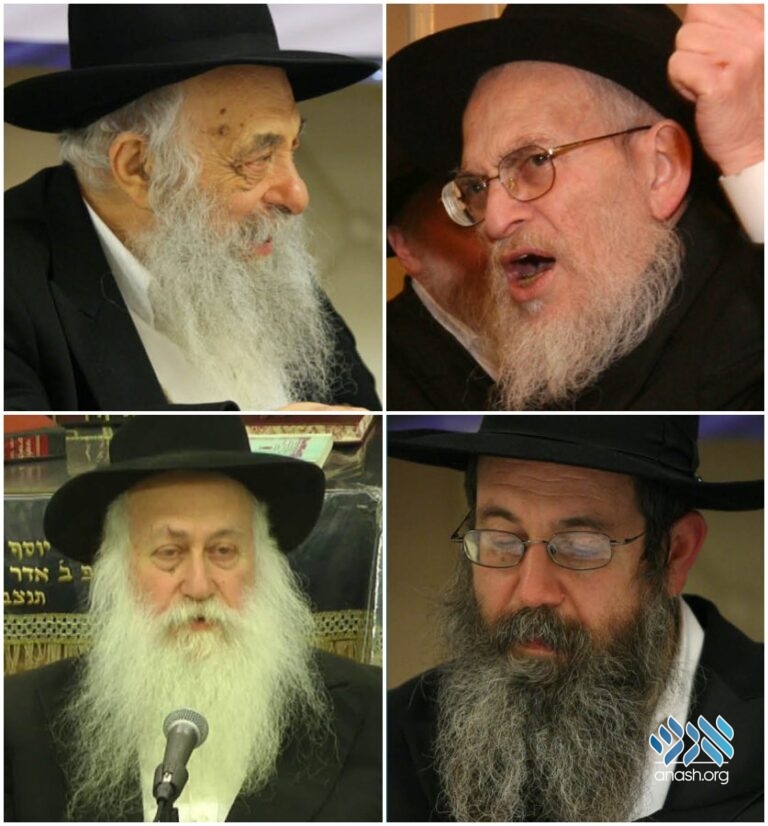י״ט תשרי ה׳תשפ״ה | October 20, 2024
Should a Farbrengen Be Assessed by Its Content or the Speaker?
Should one assess a farbrengen by what was said or by who said it? It has been pointed out that the information age in which we find ourselves has caused an erosion of trust and respect for experts and authority.

Should one assess a farbrengen by what was said or by who said it? It has been pointed out that the information age in which we find ourselves has caused an erosion of trust and respect for experts and authority.
By Aharon Mendelsohn
Should one assess a farbrengen by what was said or by who said it?
It has been pointed out that the information age in which we find ourselves has caused an erosion of trust and respect for experts and authority.
True expertise is often conflated with having amassed the relevant information. What follows is the mistake that if I have all the information at my fingertips, my opinion carries just as much weight as the expert’s. Context and experience are downplayed. The result is that people expect doctors to better explain their course of treatment and rabbis their psak.
One area where this malady has skipped is Avodas Hashem. Even during the information age, we still value and give weight to a farbrengen of a genuine Chossid, despite perhaps knowing more stories or sichos than him. We recognize that Chassidus is not merely information.
The striking feature of the following farbrengen suggestions is the authority vested in the mashpi’im by virtue of who they were/are. The same words can be said by two people, but the one who has “money in the bank” so to speak – one who backs his words by years of avodah and dedication, will be incomparably more effective than a good speaker who is sharing information.
The following is a roundup of Simchas Beis Hashoeiva farbrengens by celebrated mashpi’im, some of whom are no longer among us. The goal here is not to write a hesped of the mashpi’im, but rather to try and describe in broad strokes the unique style of each one.
A previous roundup already contained a recommendation of a shiur Reb Yoel Kahn a”h. Despite wanting to diversify the list, if we ignored R’ Yoel’s yearly Simchas Beis Hashoeiva farbrengen, we would be remiss. They can be accessed on Heichal Menachem’s Chassidus app here.
*
Several facets of the personality of the unforgettable mashpia Reb Meilach Tzvibel a”h, head mashpia of the Morristown yeshiva, are apparent in his farbrengens.
His formidable mastery of both nigleh and Chassidus, coupled with a balanced, calm and measured temperament, somehow coexists with a relish and geshmak that makes his farbrengen interesting and engaging. Blessed with an amazing memory, he was a baal shmu’ah – a treasure house of unique stories and vertlach.
We all have both a nefesh habehamis and a nefesh Elokis – we have a “higher person” within us, that Reb Meilach talks to. Allow yourself to be swept up in that part of yourself.
Two of those farbrengens can be found in the Chassidus app here סוכות ה׳תשנ״ח and here סוכות ה׳תשע״ד.
*
Although farbrengens are, of course, not for entertainment purposes, they can sometimes be entertaining.
Reb Yisroel Freidman a”h, long time rosh yeshiva of Oholei Torah zal, had the distinction of being a chassidisheh baal nigleh, but also stood out for his sharp wit. His fiery personality and vast knowledge ensure that his farbrengens were fast-paced keeping you on your toes and full of toichen. As a reflection of himself, his farbrengens blend together nigleh, Chassidus, devotion to the Rebbe, and deepfelt ahavas Yisroel.
*
An argument can be presented that the higher priority given today to emotional wellbeing and the destigmatization of mental health interventions have indirectly caused people to prefer listening to the battle-seasoned veteran who learned the hard way and made themselves vulnerable. Such a person is seen as having integrated what they’ve learned and is open to sharing their struggles. A mashpia who farbrengs and talks like a funnel spewing what it says in the seforim and rattling off sichos isn’t appreciated as much.
At the same time, there is incredible value in the traditional, confident, and matter-of-fact farbrengen, as a window into the authentic truth of Chassidus, untainted by subjective experiences.
When Reb Fitche Ofen, longtime mashpia in Toras Emes and Tzfas, farbrengs, the attraction for me is treading the beaten path of the authentic tradition. Coming with the authority of phenomenal bekius in Chassidus and over 50 years of having been saturated in spiritual pursuit and avodah, one is guaranteed a rich review of relevant sichos on a topic.
His farbrengens are not a cerebral exercise, but a full entry into experiencing a farbrengen. A niggun is not an interlude between talks, but an ecstatic outpouring of emotion the way it was intended to be. The compelling aspect is the force of who he is, more than what he says or the way he says it. There are no flowers or icing on the cake, just cake!
*
The Chassidus app by Heichal Menachem is available on iOS and Android.




“There is incredible value in the traditional, confident, and matter-of-fact farbrengen, as a window into the authentic truth of Chassidus, untainted by subjective experiences”.
The truth of Chassidus is lived experience, not spewing what it says in the seforim. I would take a person who uses and integrates the Chassidus they learn over someone who knows more or is considered more conventional.
Reb Fitche Ofen is a real chassidishe Yid who is living on a higher plane. While he may not be sharing our struggles, he isn’t “spewing what it says in the seforim and rattling off sichos.” He is living with the truth.
Just because someone isn’t struggling in the same way that you are doesn’t mean they are not authentic.
Nice article.
Why not embedd all the videos on the chassidus channel so we can watch it?